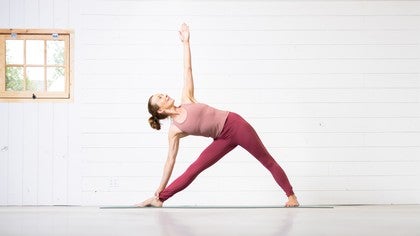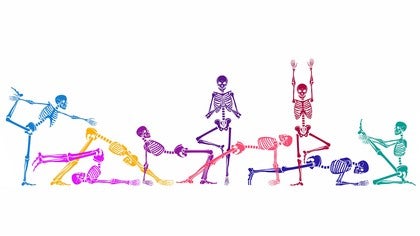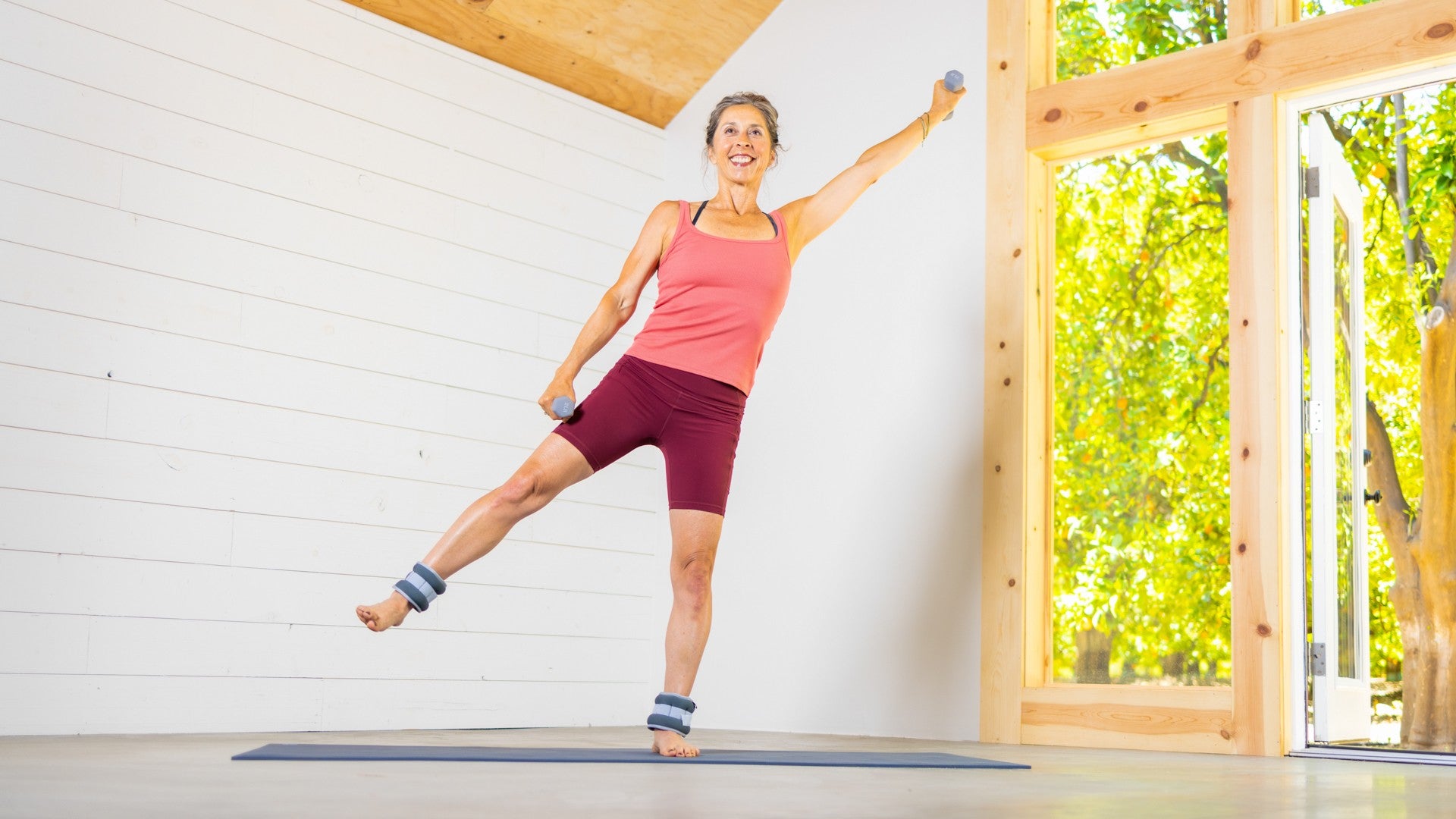
Elevate Your Yoga Routine with Weights
A newfound curiosity for incorporating weights into my yoga practice sparked after a routine visit to the doctor. After the usual procedures of checking my blood pressure and weight with the nurse, I noticed that my weight had dropped by more than five pounds without any conscious effort on my part to lose weight. Surprisingly, none of my clothes felt any different, and my diet remained consistent.
This unexpected change led me to wonder why this had occurred. As I enjoyed some gelato after the doctor's visit, it became apparent that the most likely reason behind this change was the loss of muscle mass in my arms and legs due to my absence from the gym during the pandemic.
Before the pandemic, I had incorporated 30-minute weight workouts into my routine to complement my yoga practice and aerobic activities such as biking and tennis, with the hope of maintaining muscle size and strength as I age.
It turns out that, as we grow older, our bodies undergo natural changes, including a decrease in muscle mass, which is technically referred to as skeletal muscle atrophy. The more advanced stage of this condition is called sarcopenia, and it affects up to a third of people aged 60 and above, according to the FDA. Additionally, after the age of 40, the average person loses 1% in muscle size, 2-4% in strength, and 8-10% in muscle power each year, as stated by Dr. Andy Galpin, PhD, a professor of kinesiology at California State University. This decline in muscle mass and strength can have a significant impact on our overall well-being and quality of life if we aren't actively challenging our muscles on a regular basis.
The good news is that these age-related changes in muscle can be managed and even reversed through regular exercise, weight training, and a proper diet. One effective way to combat muscle loss and maintain or build strength and muscle size is by incorporating weights and resistance bands into your yoga and exercise routines.
Setting Goals
Before you embark on your journey to build muscle and stay strong as you age, it's essential to define your goals. Why do you want to engage in strength-building exercises? Are you looking to change your appearance, enhance your ability to participate in sports you love, want to hold a plank pose for a minute, or simply improve your overall functional fitness? Workout routines will vary depending on your goal.
Weights & Resistance Bands
Integrating hand and ankle weights into your yoga practice can be a game-changer. For beginners, I recommend starting with three and five-pound hand weights and two to three-pound ankle weights. Resistance bands also come in various colors and tensions; I'd suggest beginning with a medium tension strap, often in green or blue. Here are a few examples of how you can incorporate these tools to strengthen your body in yoga poses:
- Warrior Poses with Hand Weights: Hold weights in your hands while performing Warrior 1 and 2. As you press your arms overhead or abduct them to the sides in Warrior 2, you'll engage your upper body muscles, including the shoulders and arms. Lowering your arms slowly in any pose is an essential part of the practice and creates eccentric muscle contractions, which means your muscles are both activated and lengthened as they move away from your center and return to their starting point.
- Warrior 1 with Resistance Band: Establish your Warrior 1 footprint, then raise your arms overhead while pulling out on the resistance band. As you exhale, stretch the band wide and alternate lowering it toward the upper shoulder blades behind your head and to the top of your chest. Think of it as a lat pull down at the gym.
- Hunting Dog Pose and Downward Dog with Ankle Weights: Ankle weights can be used to intensify these poses, helping to strengthen the hamstrings and glute muscles. I recommend doing individual leg raises (flexion) at least ten times to wake up your backside. Rest after doing both sides. As you start to feel stronger, gradually increase reps to include two sets of ten in your same workout.
- Boat Pose with Ankle Weights: Ankle weights in Boat Pose can help tone the quadriceps and strengthen abdominal muscles.
- Chair Pose/Monster Walk with Resistance Band: Tie the resistance band around your legs to create a loop. Face the long side of your mat, settle into Chair Pose. With bent ankles and legs, take wide steps to the right and left or travel the full length of your mat while pushing out against your strap; this works the gluteus medius muscle.
How to Build More Muscle
To continue improving and building muscle (hypertrophy), you must challenge your body progressively. This means that you cannot do the same workout or practice repeatedly and expect to see significant gains. Instead, you should aim to incorporate the following strategies:
- Increase Repetitions: Start by gradually increasing the number of repetitions in your exercises. For example, if you've been doing ten reps of an exercise, aim to work your way up to twenty. However, be mindful not to push yourself to the point of extreme soreness, as this can hinder frequent practice.
- Add Complex Movements: Incorporate complex movements into familiar yoga poses. For instance, modify Warrior 2 by raising your arms above shoulder level while holding weights. This challenges different areas of your upper body that may not engage in the traditional variation of the pose you've done thousands of times.
- Increase Progression: Aim for a 3-5% increase in intensity over time with heavier weights and/or longer holds in the postures. This incremental approach helps you continually challenge your muscles and stimulate growth. For example, set a timer and work up to holding the following yoga poses for one minute: Forearm Plank, Tree pose, Side Angle, or Bridge.
Mindful Weight Training
Just as yoga emphasizes mindfulness in each pose and breath, weight training too can be a practice in presence. Focus on the sensation of lifting and lowering the weights. Be aware of your body's alignment and your breath as you perform each repetition. Mindfulness in weight training not only enhances your physical performance but also deepens your connection to your body.
Incorporating weights and resistance bands into your yoga and exercise routines can be a transformative step toward maintaining muscle mass, strength, and overall health as you age. But remember that the journey doesn't stop at physical gains. It's about merging mindfulness with strength, ensuring that your yoga practice remains a sanctuary for mental and physical well-being.
Comments
No comments yet. Be the first!


















You need to be a subscriber to post a comment.
Please Log In or Create an Account to start your free trial.